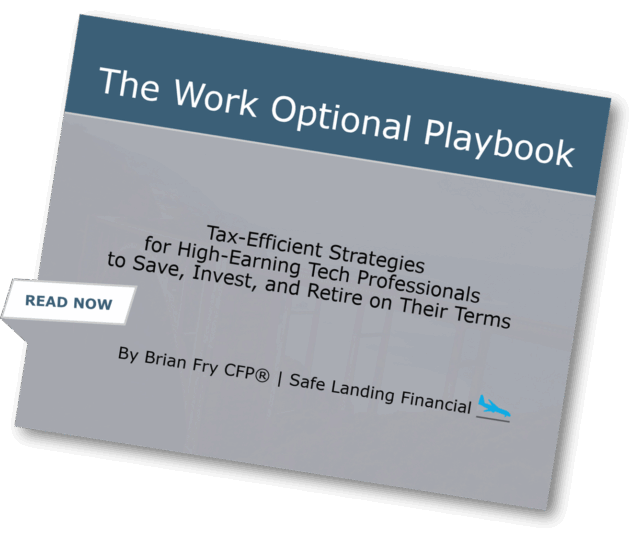Consider the Drivers of Expected Returns

Academic research has identified these equity and fixed income dimensions, which point to differences in expected returns. Investors can pursue higher expected returns by structuring their portfolio around these dimensions.
5. Dimensions of Expected Returns
Equities
- Market (Equity premium—stocks vs. bonds)
- Company Size (Small cap premium—small vs. large companies)
- Relative Price (Value premium—value vs. growth companies)
- Profitability (Profitability premium—high vs. low profitability companies)
Fixed Income
- Term (Term premium—longer vs. shorter maturity bonds)
- Credit (Credit premium—lower vs. higher credit quality bonds)
Relative price is measured by the price-to-book ratio; value stocks are those with lower price-to-book ratios. Profitability is a measure of current profitability, based on information from individual companies’ income statements. Diversification does not eliminate the risk of market loss.
Rather than viewing the market universe in terms of individual stocks and bonds, investors should define the market along the dimensions of expected returns to identify broader areas or groups that have similar relevant characteristics.
This approach relies on academic research and internal testing to identify these dimensions, which point to differences in expected returns.
In the equity market, the dimensions are size (small cap vs. large cap), relative price (value vs. growth), and profitability (high vs. low). In the fixed income market, these dimensions are term and credit quality. The return differences between stocks and bonds can be considerably large, as can the return differences among a group of stocks or bonds.
To be considered a dimension, it must be sensible, backed by data over time and across markets, and cost-effective to capture in diversified portfolios.
In a dimensions-based approach, capturing returns does not involve predicting which stocks, bonds, or market areas are going to outperform in the future. Rather, the goal is to hold well-diversified portfolios that emphasize dimensions of higher expected returns, control costs, and have low turnover.
This is part five of a ten part series in pursuing a better investment experience.
Part One: Embrace Market Pricing
Part Two: Outguessing the Market – Don’t Try It!
Part Three: Past Performance – Don’t Chase It!
Part Four: Let Markets Work for You
Part Six: Practice Smart Diversification
Part Seven: Marketing Timing – Avoid It!
Part Eight: Separate Emotions From Investing
Part Nine: Look Beyond Investment Headlines
Part Ten: Control Your Investment Focus
For More:
Learn more about investment management services
What is a fiduciary financial advisor?
IFA.com: Dimensions of Expected Return: Patience is a Virtue – 2019 Update
Virtual Fiduciary Financial Advisor
Still have questions in how to pursue a better financial planning and investment experience? Meet with a fee-only fiduciary financial advisor in Austin, TX or on a virtual basis online.
by Brian Fry CFP®
Safe Landing Financial is a Los Angeles, CA fee-only financial advisor providing financial planning, retirement planning and investment management to tech professionals and pre-retirees. When you work with Safe Landing Financial, you work with Brian Fry, a fiduciary and CERTIFIED FINANCIAL PLANNER™ that puts clients’ best interests first. Financial planning services include: retirement planning, charitable giving, asset protection, estate planning, saving for college, debt management, tax strategy and investment management. Safe Landing Financial serves as a virtual fee-only financial advisor to individuals and families nationwide.


